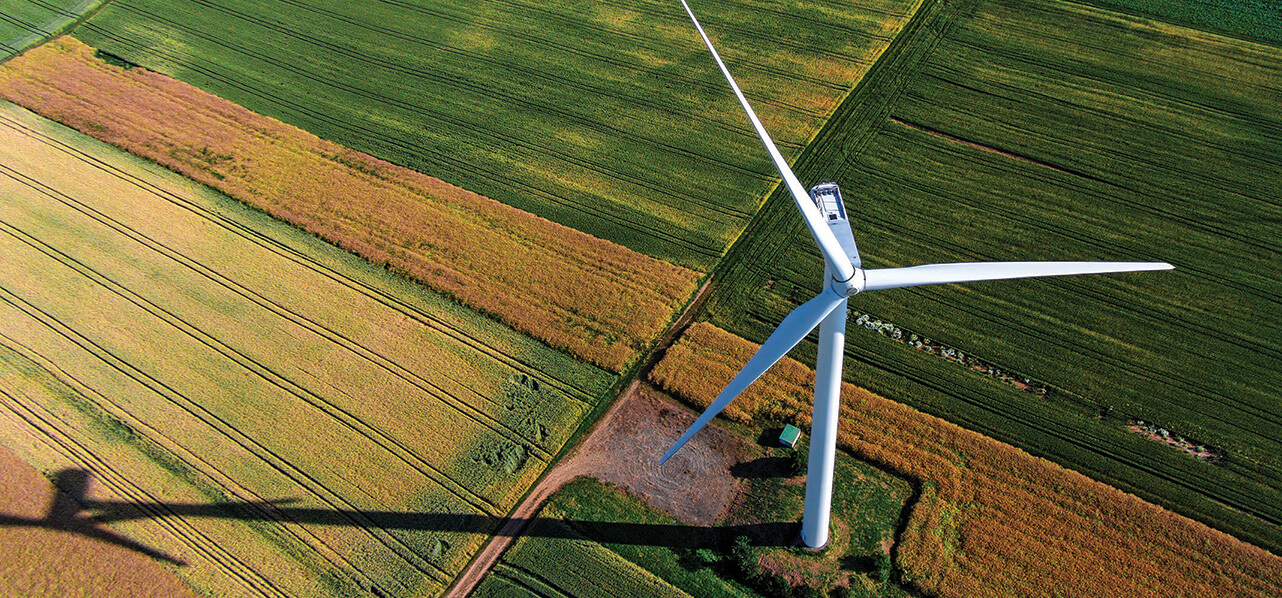Partner London
"The current Energy Act has been a long time coming; the Energy Act 2013 was the last major piece of electricity-related legislation enacted in Great Britain (the Energy Act 2016 mainly made provision for oil and gas matters, with only a few provisions on the closure of the Renewables Obligation)."
Those familiar with the energy industry will be aware that the main pieces of legislation that govern electricity and gas in Great Britain are the Electricity Act 1989 and the Gas Act 1986, respectively. These have been amended over the years by a series of Energy Acts including in 2004, 2010, 2013 and 2016.
The current Energy Act has been a long time coming; the Energy Act 2013 was the last major piece of electricity-related legislation enacted in Great Britain (the Energy Act 2016 mainly made provision for oil and gas matters, with only a few provisions on the closure of the Renewables Obligation). It brought in a suite of measures known in the industry as the Electricity Market Reform, or EMR, via amendments to the Electricity Act 1989 and powers to make regulations relating to the schemes it introduced. As summarised by Ofgem, “In 2013, the government introduced a policy of Electricity Market Reform (EMR) to incentivise investment in secure, low-carbon electricity, improve the security of Great Britain’s electricity supply, and improve affordability for consumers”.
In announcing the new law, the government called it the “biggest piece of energy legislation in the UK’s history”, stating that it lays “the foundations for an energy system fit for the future”.
We will be exploring the changes introduced in more detail in future articles in the coming weeks and months, but at a high level, the key changes introduced are set out below. It is a wide ranging and comprehensive set of provisions, covering everything from regulation of new energy activities (e.g. CCUS, hydrogen production) and heating activities (e.g. heat networks) to consumer protections (e.g. special administration regime for CCUS operators, and energy performance of buildings).
- Part 1 covers the licensing of carbon dioxide transport and storage. Changes include:
- updating the principal objectives and duties of Ofgem and the Secretary of State for energy to cover these activities;
- updating the list of “prohibited activities” that require participants to obtain a licence or exemption;
- powers to introduce competition in the grant of licences for these activities;
- enforcement and powers to impose criminal sanctions; and
- a special administration regime that applies to these activities;
- Part 2 covers the government support regimes that will apply for carbon dioxide capture, transport and storage and hydrogen transport, storage and production. This includes:
- provisions relating to revenue support contracts, with the overall structure being similar to that used to administer the low carbon CfD regime;
- introduction of a hydrogen levy to fund the support scheme for hydrogen;
- decommissioning of carbon storage installations;
- granting powers to the OGA to examine information and samples; and
- enforcement provisions (including financial penalties and sanctions);
- Part 3 introduces the licensing of hydrogen pipeline projects via gas transporter licences (granted under section 7 of the Gas Act 1986);
- Part 4 covers regulation of new technology, including:
- low-carbon heat schemes;
- hydrogen grid conversion trials;
- powers to modify the Gas Act 1986 to cover hydrogen;
- fusion energy facilities;
- renewable transport fuel obligations; and
- removals of greenhouse gases;
- Part 5 sees the introduction of an independent system operator and planner (ISOP). This includes:
- the general duties that will apply to the ISOP; and
- licensing requirements (for electricity system operation and the gas system planning);
- Part 6 covers the governance of gas and electricity industry codes and introduces:
- designation of the key codes and central systems; and
- licensing and selection of code manager;
- Part 7 is the location for market reform and consumer protection. This includes provisions for:
- amendment of the principal objectives of Ofgem and the Secretary of State for energy (as enacted in s3A of the Electricity Act 1989 and s4AA of the Gas Act 1986);
- granting powers to enable competitive tendering for electricity projects (via amendment to the Electricity Act 1989);
- licensing and operation of multi-purpose interconnectors;
- electricity support payments for energy-intensive industries; and
- extension of time to exercise powers in relation to smart meter licensing;
- Part 8 covers the regulation of heat networks. This includes:
- designating a regulator for heat networks and assigning heat network zones;
- creation of a Heat Network Zones Authority and zone coordinators; and
- enforcement powers and imposition of penalties;
- Part 9 covers energy smart appliances and load control;
- Part 10 covers energy performance of premises;
- Part 11 covers energy savings opportunity schemes;
- Part 12 covers core fuel sector resilience, granting powers for resilience purposes and corresponding powers to make regulations;
- Part 13 covers offshore wind electricity generation, oil and gas;
- Part 14 regulates the civil nuclear sector and
- Part 15 sets out general provisions, including power to make consequential provisions and further regulations.
If you are interested in discussing any of these areas and the impact they may have on your business, please do get in touch with the authors or your usual WFW contact. You can also sign up here to receive updates on future articles on this topic.
Key contacts
Partner London
Partner London





